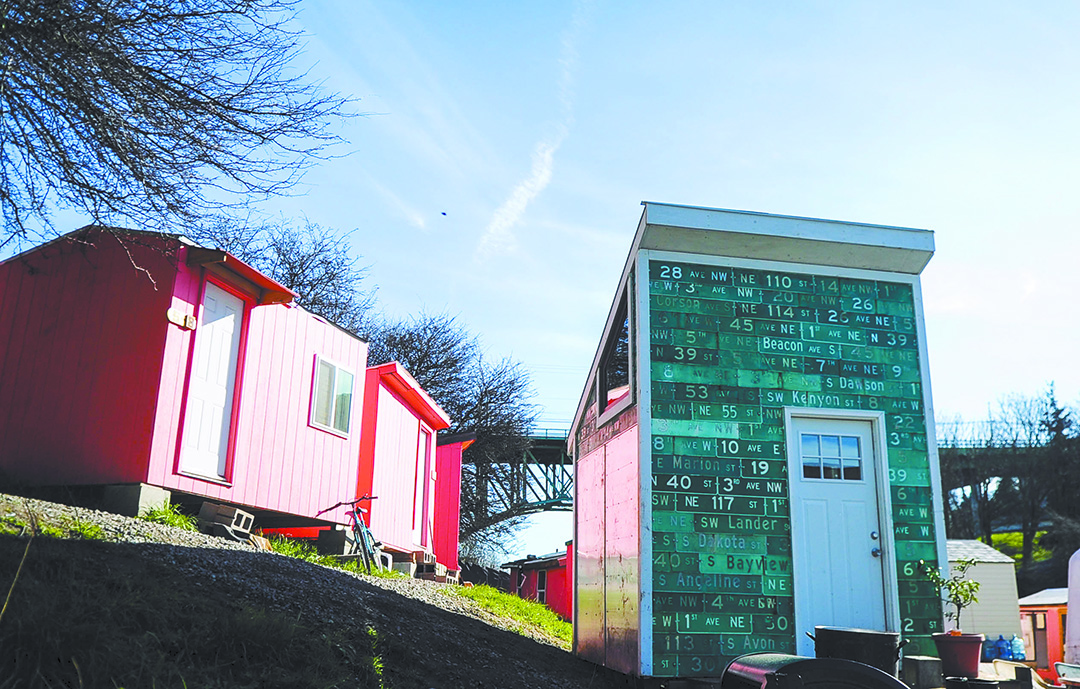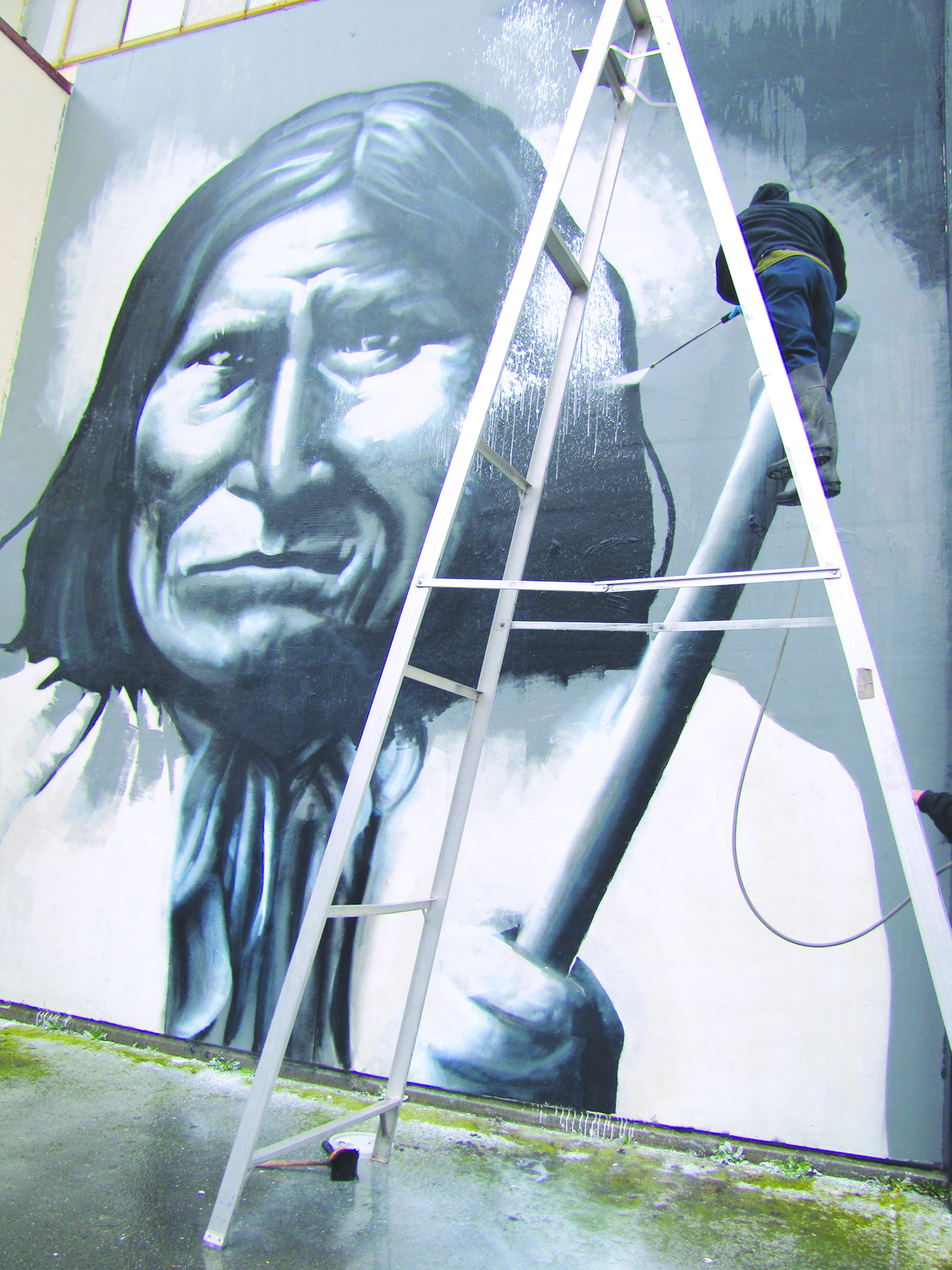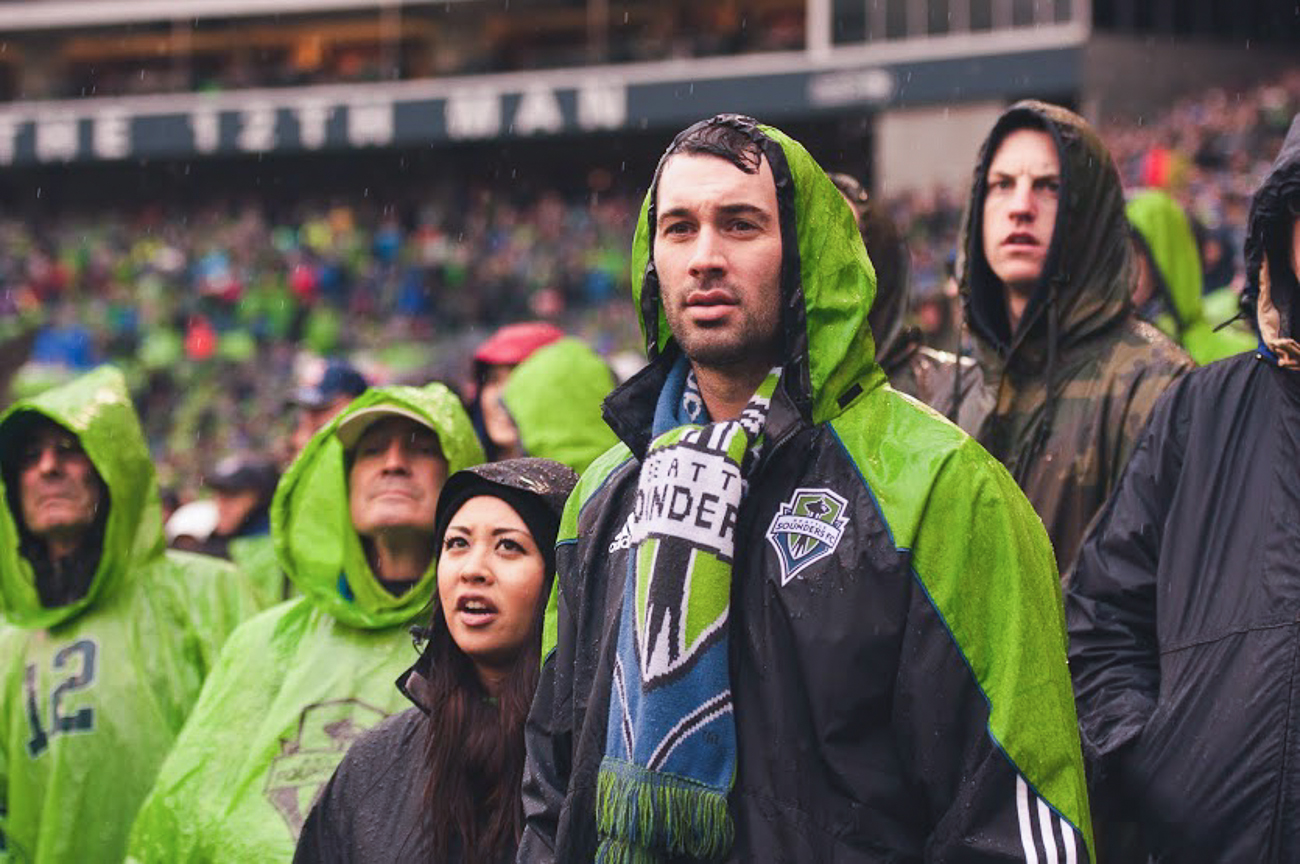At the gates of Nickelsville two Fridays ago, a week’s worth of persistent, soaking rain combined with a week’s worth of turmoil inside the well-known homeless encampment in Seattle’s International District to create a palpable sense of uncertainty.
“It’s like Survivor,” one Nickelodeon told me, between bites of a hastily made chili dog. “We’re all just trying to not get voted off the island.”
I was at the encampment hoping to track down Lisa Hooper, a relatively new Nickelsville resident who, eight days earlier, had taken over as the camp’s leader on an interim basis. But she wasn’t there. And as it would turn out, she wouldn’t even be part of the camp much longer. Just 24 hours later Hooper and her helper, Anthony Jenkins, would be the next residents voted off the Nickelsville island.
But that hadn’t happened yet. As it stood, according to an official-looking press release that had hit my e-mail inbox earlier in the week, Hooper—the camp’s former arbitrator—had taken over for Scott Morrow, the founder of the nonprofit that has run Nickelsville for its decade of existence (and who has a history twice that long of running encampments in Seattle as part of SHARE/WHEEL). Morrow, the release said, had received a vote of no confidence. So he was out and Hooper was in. Some longtime Nickelodeons called it a coup, or a “vicious takeover” carried out by intimidation and threats of violence. Others likened Morrow to a dictator, saying the well-known homeless advocate’s tenure was marked by an iron-fisted rule, insisting that campers follow the Nickelsville bylaws, as he interpreted them.
Basically, there was drama at Nickelsville—and plenty of it.
The reason any of this mattered—especially to the 35 campers hunkered down on a muddy hill in the shadow of I-90—was that the relationships Morrow had forged as camp leader are what make Nickelsville feasible. The Low Income Housing Institute, which pays for porta-potties, trash removal, and water at the camp, stated that it would continue to support the camp only if Morrow was reinstated. The Lutheran Church of the Good Shepherd, which allows the camp to stay at its Dearborn Street location, echoed the sentiment. Without Morrow, Nickelsville appeared doomed.
And so, by the weekend, campers had reinstated the man ousted by a vote of no confidence little more than a week earlier. It was back to business as usual, crisis averted.
“We just want a place to stay, and don’t want to get caught up in the politics,” the camper with the chili dog told me. “I haven’t even been voting at the meetings.”
The recent drama at Nickelsville
brings to light the very real role that politics plays in how the self-managed homeless encampments have historically operated in Seattle. For the people who end up staying in them, there’s almost no avoiding it. And given Mayor Ed Murray’s recently announced plans to create up to three new encampments in the city, serving up to 100 people each, these politics—and the instability they bring—are worth scrutinizing.
With what Murray has called a “full-blown” homelessness “crisis” on Seattle’s hands, the mayor submitted an ordinance to the City Council last month to authorize the encampments on city-owned land. An approving vote is expected by early March; the Council threw $200,000 into its most recent biennial budget to fund necessities at the encampments. These new homeless camps would add to a patchwork of at least five similar locations across the region, including Nickelsville in the International District.
The real question is how the camps will be operated and governed. According to the mayor’s plans, they will be run by area human-services providers, who will seek permits to do so, and will offer case-management services and collect data as part of the federal Homeless Management Information System. That final requirement will help make them eligible for federal funding. But what’s unknown at this point is which human-services providers will take on the herculean task of running the camps.
“I think that’s an important question, and one people are only kind of starting to consider,” admits Mark Putnam, director of the Committee to End Homelessness in King County. Putnam was part of a homelessness task force convened by the mayor that, as part of a long list of recommendations, pushed for the city to go forward with creating the additional encampments.
“I’m not sure, and frankly I haven’t really talked with service providers about their interest in it,” Putnam continues. “I know there’s not a lot of money, and they’re not an easy thing to run, politically or logistically.”
If there is a human-services provider in Seattle that understands the logistics of operating homeless encampments, most agree that it’s SHARE/WHEEL and Scott Morrow. Though there are exceptions, such as Camp Unity on the Eastside, the bulk of the Seattle area’s encampments are organized and run by SHARE/WHEEL and Morrow, utilizing partnerships with local churches and LIHI. And all these camps, out of necessity or tradition, employ a self-management style that relies on creating communities at the camps with democratically elected leaderships.
In other words, exactly the recipe that led to the drama at Nickelsville last week.
“Scott gets a lot of crap from people, gets called a dictator and things like that, and people aren’t always happy with him,” says homeless advocate and Real Change founder Tim Harris. “But I’ve got to hand it to the guy; he’s been doing this for, like, 20 years and he’s still standing.”
But while Harris is quick to give Morrow and SHARE/WHEEL credit—telling Seattle Weekly that it’s difficult for him to imagine any other local social-service providers jumping at an opportunity to run encampments—he’s equally quick to warn that the organization is overextended as is, and would have trouble taking on more responsibilities without hiring more staff and making other structural changes—a shift Morrow has historically been resistant to. Morrow was unavailable for comment for this article.
“The thing that I always wonder is what would it take to make their model more sustainable and to scale it up?” Harris says. Assuming that Murray’s encampment plan comes to pass, that’s the very important question Seattle will soon be left to answer.
mdriscoll@seattleweekly.com








